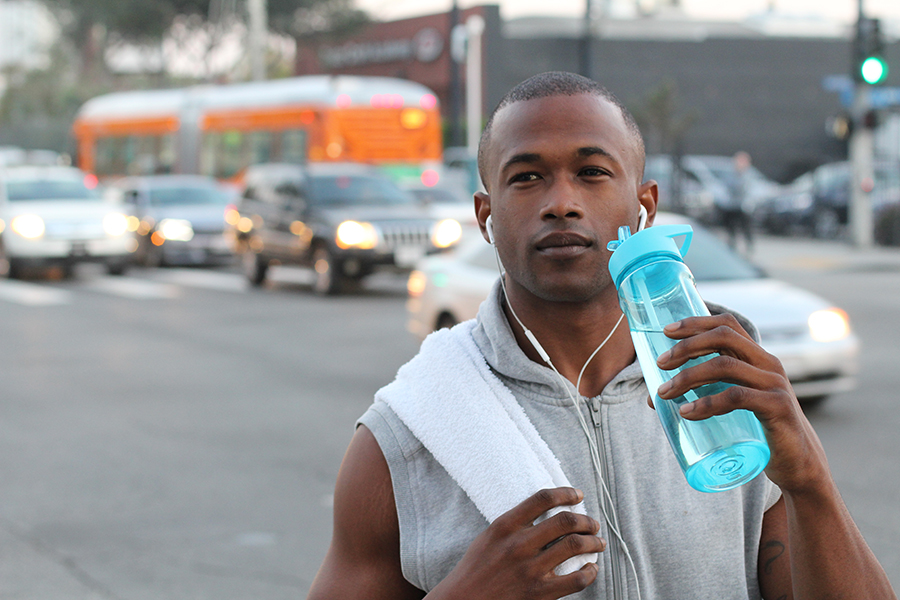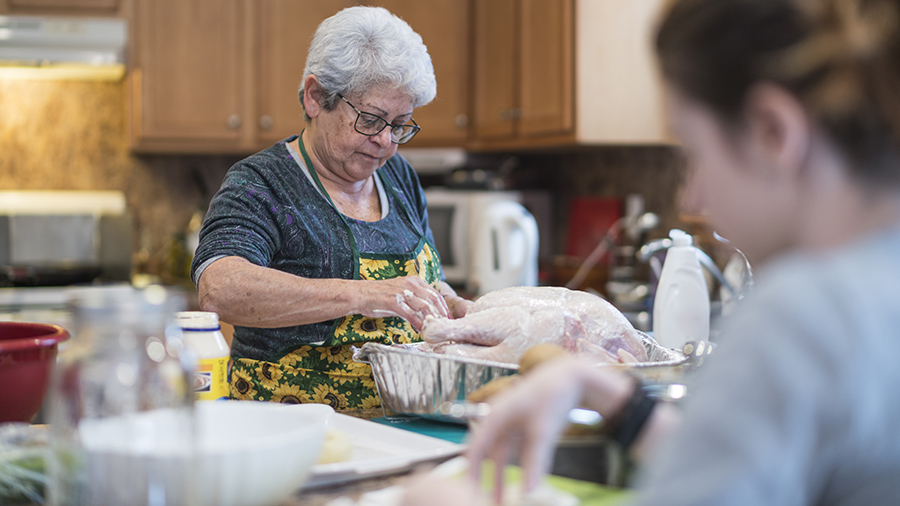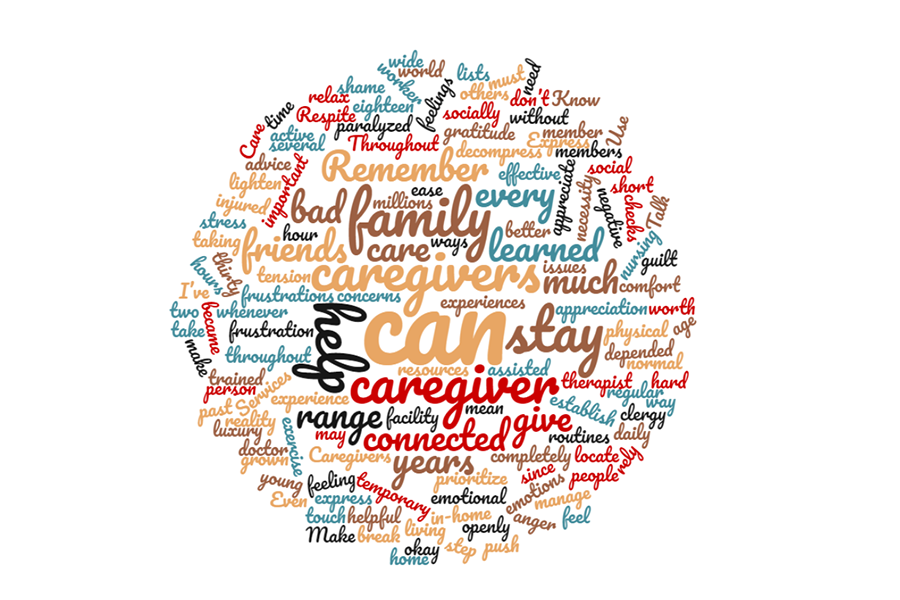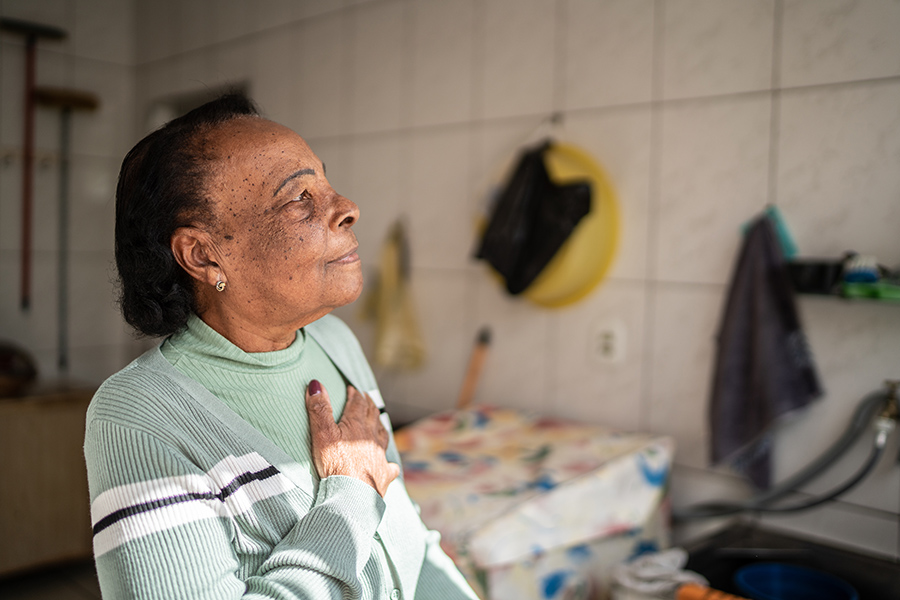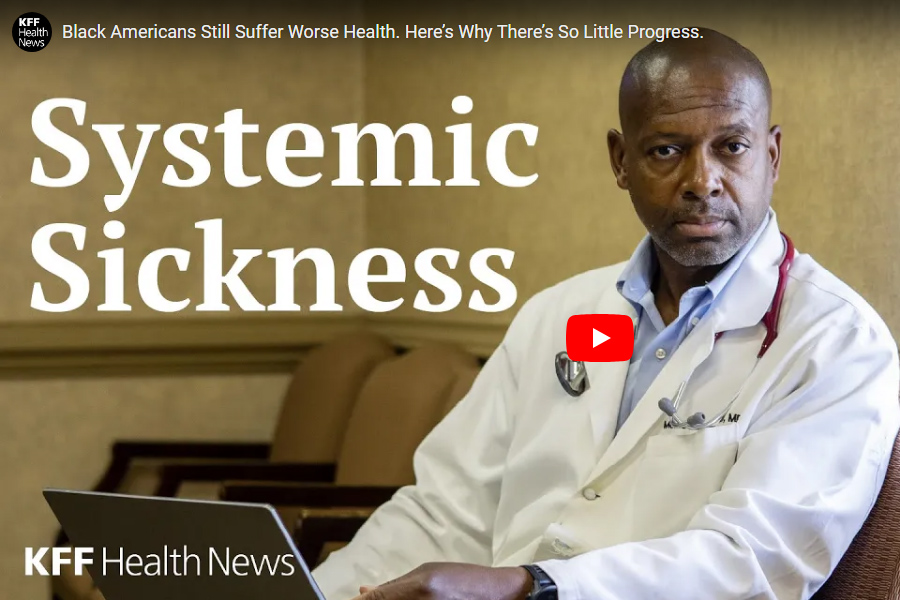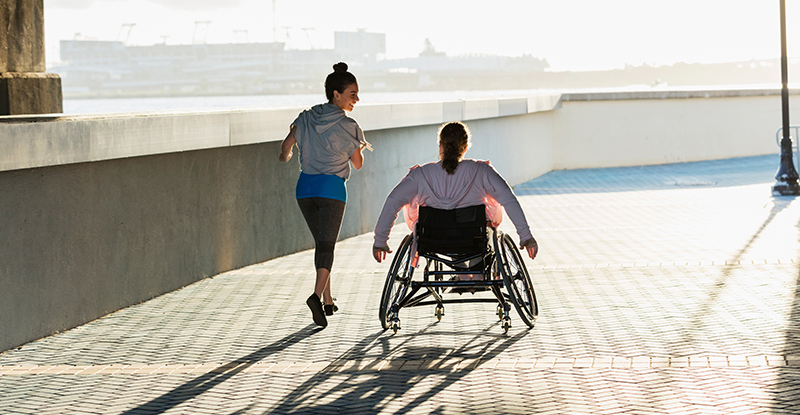What is Heatstroke?
Heatstroke, also known as sunstroke, is a condition that occurs when your body is unable to cool itself down and you overheat. A severe form of hyperthermia, heatstroke is most commonly associated with prolonged exposure to high temperatures or intense physical exertion.
While this condition is preventable, increased heat across the globe is increasing the incidence of heat-related deaths. Studies show that heatstroke is most common in urban areas during periods of extreme heat.
There are two different types of heatstroke: non-exertional heatstroke and exertional heatstroke. Non-exertional heatstroke – also known as classic heatstroke – can occur when exposure to a heat raises core body temperature. Exertional heatstroke can occur from physical exertion during hot and humid weather.
What are the Symptoms?
Common symptoms of heatstroke include:
- Altered mental state or behavior (agitation, confusion, irritability, disorientation, and delirium)
- Anhidrosis (dry skin that doesn’t sweat)
- Ataxia (coordination and movement problems)
- Balancing problems
- Dizziness
- Excessive sweating post-exercise
- Pale, hot, or flushed skin
- Blood presure that is unusually low or too high
- Nausea and/or vomiting
- Rapid breathing or tachycardia (fast heart rate)
- Seizures
- Syncope (fainting) or loss of consciousness
- Weakness
Who can get Heatstroke?
While everyone has the potential to get heatstroke, older adults and young children are more susceptible to heatstroke for physical reasons. People who have jobs that require more manual and physical labor in hot environments, such as soldiers or athletes, are also at higher risk of heatstroke.
Increased Risk for Heatstroke in Older Adults
In older adults (65+), normal and age-related deterioration of the central nervous system can make it more difficult for older bodies to cope with temperature changes. Older adults are also at higher risk of dehydration, furthering their susceptibility to heatstroke.
Increased Risk for Heatstroke in Young Children
Infants and young children are also at higher risk of heatstroke due to their underdeveloped central nervous system, which also affects their ability to regulate body temperature
In addition to these higher-risk groups, there are other risk factors that increase the chances for heatstroke to occur, such as:
- Alcohol consumption
- Being male
- Diseases that affect your ability to sweat (including cystic fibrosis, anhidrosis, hypohidrosis)
- Certain medical conditions (heart disease or other heart conditions, mental illness)
- Consumption of drugs that affect your body’s ability to regulate temperature (diuretics, sedatives, tranquillizers, or heart/blood pressure medications)
- Dehydration
- High fever
- Obesity
- Lack of air conditioning or poor air conditioning
- Past history of heatstroke
- Poor physical conditioning or not being used to hot conditions
- Wearing tight or heavy clothing
Managing and Treating Heatstroke
When heatstroke occurs, immediate medical treatment is essential. Heatstroke can quickly escalate to organ damage and death if not reversed. If you are the first person on the scene, call 911 and request an ambulance. While waiting for emergency personnel to arrive, work quickly to cool down the afflicted person as much as possible.
Below is a list of rapid cooling methods:
- Apply ice packs or cold, wet towels to the head, neck, armpits, and groin.
- Remove tight, heavy, or unnecessary clothing to reduce trapped heat and increase airflow.
- Encourage them to sip hydrating liquids, such as cool water or sports drinks. Note: if the victim has been sweating, they will have lost both fluid and sodium. Sports drinks can be consumed more quickly, but pure water – with no added sodium – should be consumed slowly to avoid hyponatremia.
- Bring them to a shaded or cool area, and ask them to lie down.
- Put cold water on their skin by immersing, sponging, or misting them.
- Fan them to increase airflow.
- Remove anything from their body that could impede their airways.
When the heatstroke victim reaches the hospital, they may require ongoing treatment, which could include:
- Cooling blanket
- Cooled intravenous fluids through an IV
- Cold water lavage
- Ice bath
- Medications to prevent seizures
- Supplemental oxygen
Once the body has reached 102ºF or lower, treatment may be stepped down. However, the amount of time spent in the hospital is defined on the severity of the heatstroke as well as if and how well the victim’s organs are functioning.
Complications from Heatstroke
Several complications can arise post-heatstroke, including multi-organ dysfunction. Heatstroke can quickly damage your brain, heart, kidneys, and muscles. The severity of these complications depend upon how high your body temperature was, and for how long it was at that temperature. It’s important to note that the longer heatstroke treatment is delayed, the higher the risk of more serious complications or death. Complications of heatstroke include:
- Acute Respiratory Distress Syndrome (ARDS)
- Brain swelling
- Kidney failure
- Liver failure
- Metabolic dysfunction
- Nerve damage
- Reduced blood flow to the heart and other circulatory problems
Preventing Heatstroke
Heatstroke is both dangerous and preventable. Below are some precautions you can take to reduce your risk:
- Avoid strenuous physical activity during hot and humid conditions. When it’s hot, keep your body temperature low by resting frequently and engaging in low-impact activities.
- Avoid extended periods of time inside parked cars. Because of the way in which shortwave radiation penetrates vehicles, a car can achieve a fatal temperature in less than 20 minutes at only 80 degrees fahrenheit, and in less than 10 minutes on a 90-degree day. Vehicular heatstroke is the leading cause of death in vehicles (excluding crashes) for those 14 and younger. Never, EVER leave a living creature unattended in a vehicle – especially children, pets, and older adults.
- Drink plenty of fluids. Up to 60% of the human adult body is water. Water, sports drinks, broth, and other hydrating beverages keep your body hydrated and decrease heatstroke risk. If you are sweating or expect to sweat, opt for lightly salted water or sports drinks over pure water to avoid hyponatremia. We lose sodium in addition to water when we sweat.
- Acclimate to the climate. Taking time to acclimate to the climate ensures that your body is able to handle to harsh, hot weather
- Protect against sunburn. Sunburns can affect your body’s ability to keep itself cool.
- Stay indoors or in air-conditioned areas on hot days. We all love outdoor activities, but in the hot summer months the sun can be a danger. Makes sure that your body stays cool and out of the sun during the hot days of the season, especially during the warmest part of the day (usually between 10am – 6pm.)
- Take precautions with medications. Some medications, such as antidepressants, antipsychotics, antihistamines, beta blockers and anticholinergics can impact your body’s ability to sweat or circulate blood properly. If you take any medications, check with your doctor or pharmacist to see if it raises your heat-related risks, and adjust your time in warm weather accordingly.
- Wear lightweight, light colored, and loose-fitting clothes. Dress for the weather! Dark colored clothing absorbs the sun’s rays, and heavy weight and snug-fitting clothing trap your body heat. On hot days and in hot environments, dress in lightweight, light colored and loose-fitting clothing to deflect the sun’s rays and encourage airflow.
Summary
Heatstroke is a very dangerous condition that can rapidly cause organ damage and death if not reversed. While heatstroke can happen to anyone, infants, older adults, and people with certain conditions and risk factors are at higher risk. If someone is experiencing heatstroke, help them seek immediate medical attention and attempt to lower their body temperature.





